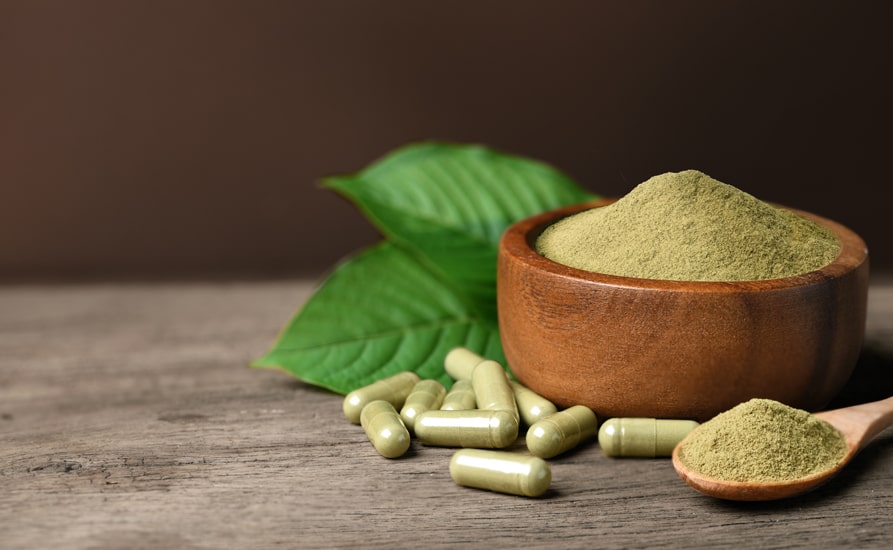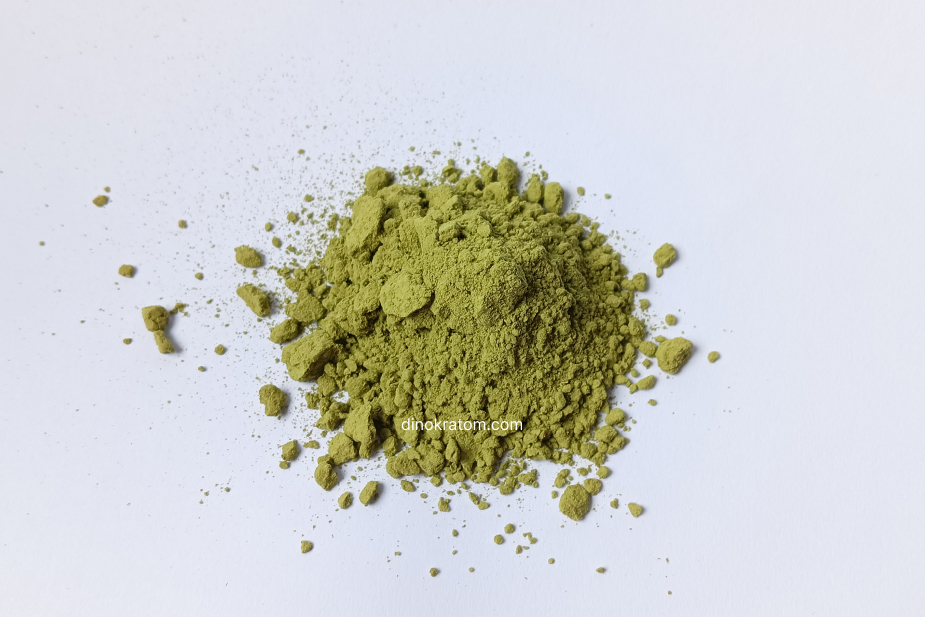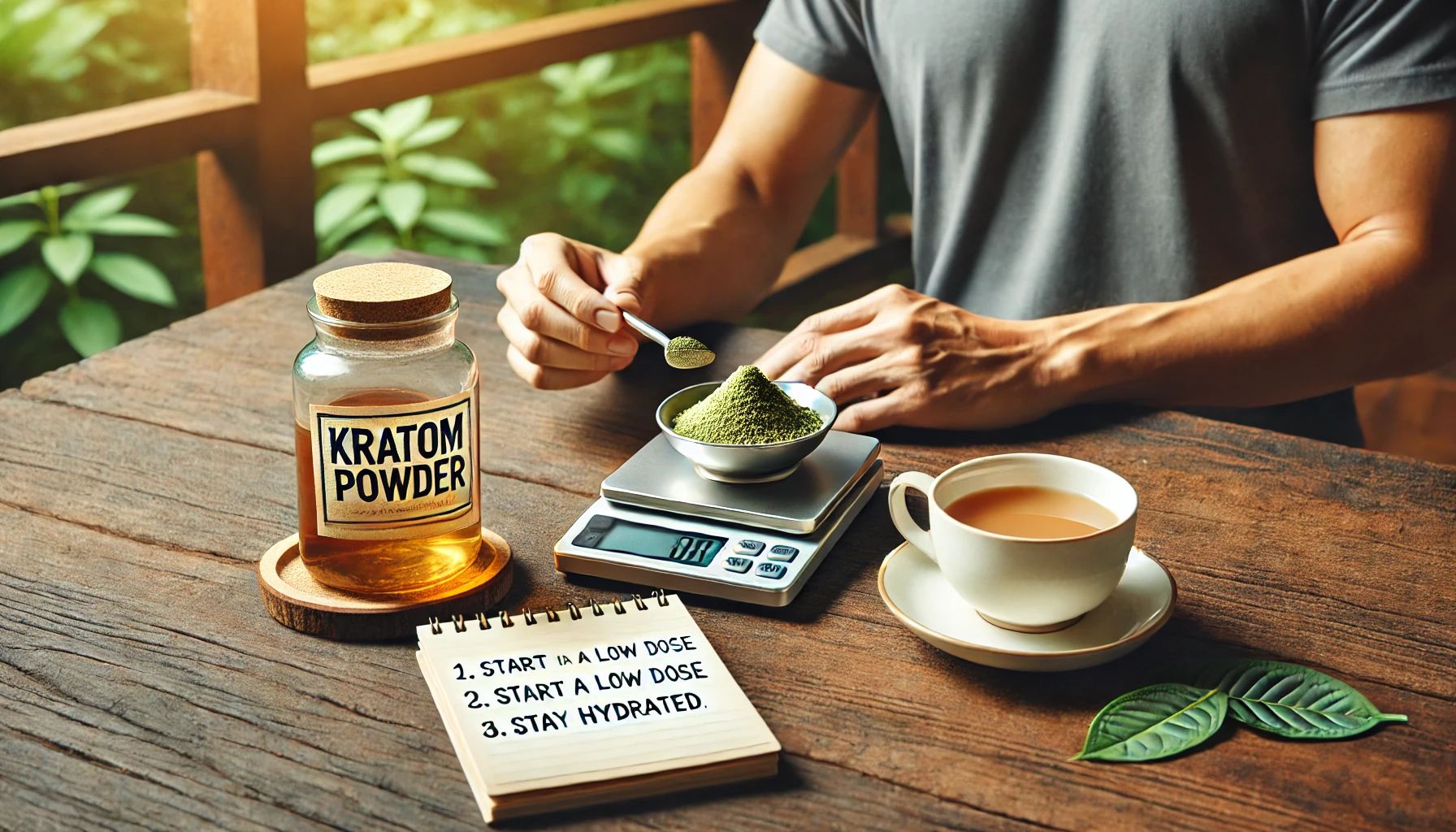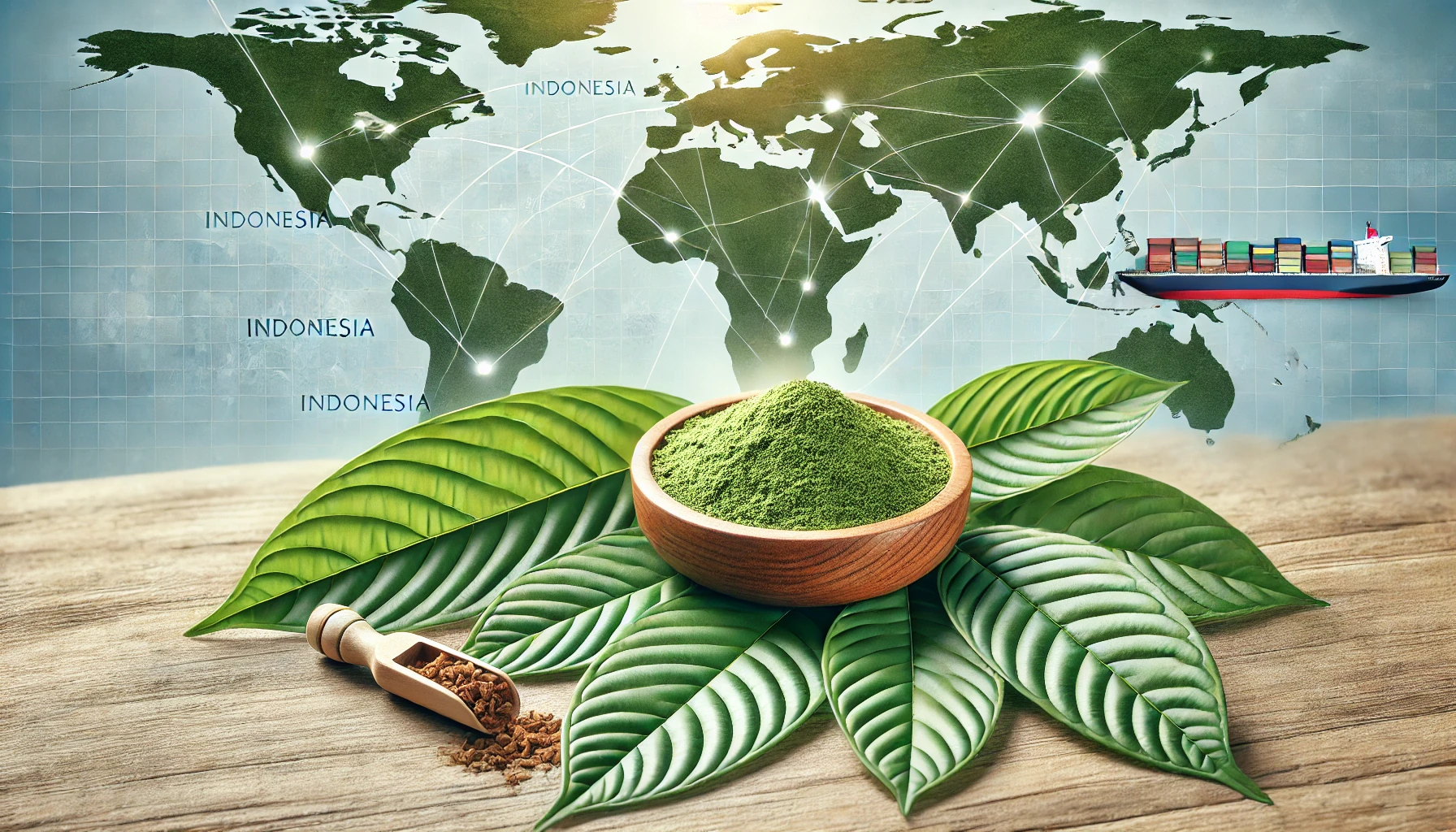How kratom powder is produced
Kratom, scientifically known as Mitragyna speciosa, is a tropical evergreen tree native to Southeast Asia. Renowned for its medicinal properties and recreational use, Kratom has gained widespread attention in recent years. But have you ever wondered how Kratom powder, the most common form of Kratom consumption, is produced? Let's delve into the fascinating process behind the creation of this versatile herbal supplement.
Cultivation of Kratom Plants
Kratom plants thrive in warm and humid environments, typically found in regions like Thailand, Indonesia, Malaysia, and Papua New Guinea. These plants require well-drained soil and ample sunlight to flourish. Cultivators often mimic these natural conditions by providing shade and regular watering to their Kratom crops.
Harvesting Kratom Leaves
The harvesting of Kratom leaves is a crucial step in the production process. Leaves are typically harvested when they reach optimal maturity, which varies depending on the strain and desired alkaloid content. Experienced farmers carefully handpick the leaves to ensure quality and potency.
Drying Process
Once harvested, Kratom leaves undergo a meticulous drying process. Traditional methods involve air drying the leaves outdoors or using large drying racks. However, modern techniques such as mechanical drying and dehumidification chambers have become increasingly popular due to their efficiency and consistency in preserving alkaloid content.
Grinding of Dried Leaves
After drying, the leaves are ready for grinding. The dried leaves are finely ground into a powder using specialized equipment. This step ensures uniform particle size and facilitates easier consumption and absorption of Kratom's active compounds.
Sieving and Packaging
The freshly ground Kratom powder is then sieved to remove any coarse particles and impurities, resulting in a smooth and fine texture. The powder is meticulously packaged in airtight containers to maintain freshness and potency during storage and transportation.
Quality Control Measures
Quality control is paramount in Kratom production to ensure product purity and safety. Reputable manufacturers conduct rigorous testing to screen for contaminants and verify alkaloid concentrations. These measures help uphold industry standards and provide consumers with high-quality Kratom products.
Kratom Powder Varieties
Kratom powder is available in a myriad of strains, each possessing unique properties and effects. From energizing Thai strains to sedating Bali varieties, consumers have a diverse range of options to choose from based on their preferences and desired outcomes.
Storage Recommendations
Proper storage is essential to preserve the potency and freshness of Kratom powder. It is recommended to store Kratom in a cool, dry place away from direct sunlight and moisture. When stored correctly, Kratom powder can maintain its quality for an extended period.
Regulatory Considerations
The legal status of Kratom varies across different regions and countries. While Kratom remains legal in many areas, some jurisdictions have imposed restrictions or outright bans on its sale and consumption. It is essential for producers and consumers alike to stay informed about the regulatory landscape surrounding Kratom.
Environmental Impact
The cultivation and production of Kratom can have both positive and negative environmental consequences. Sustainable farming practices, such as agroforestry and organic cultivation, can mitigate adverse effects and promote biodiversity in Kratom-producing regions.
Benefits of Kratom Powder
Kratom powder is renowned for its myriad health benefits and therapeutic properties. From pain relief and mood enhancement to stress reduction and relaxation, Kratom offers a natural alternative for individuals seeking holistic wellness solutions.
Risks and Side Effects
While Kratom has gained popularity for its beneficial effects, it is essential to acknowledge potential risks and side effects associated with its use. These may include nausea, dizziness, and dependency, particularly with prolonged or excessive consumption. Responsible usage and moderation are key to minimizing adverse outcomes.
Consumer Usage Trends
The demand for Kratom powder has surged in recent years, driven by increasing awareness of its potential benefits and rising consumer interest in natural remedies. Market research indicates a growing demographic of Kratom enthusiasts seeking safe and reliable sources for their herbal supplements.
Conclusion
In conclusion, the production of Kratom powder involves a series of meticulous steps, from cultivation and harvesting to processing and packaging. By understanding the intricacies of this process, consumers can make informed choices and appreciate the journey behind their Kratom products.
Unique FAQs
Is Kratom powder legal worldwide?
The legal status of Kratom varies by country and region. It is essential to research and comply with local regulations before purchasing or consuming Kratom.
What are the different strains of Kratom powder available?
Kratom powder comes in various strains, including Bali, Maeng Da, Thai, and Malay, each with its unique properties and effects.
Can Kratom powder be used for pain relief?
Many individuals use Kratom powder as a natural remedy for pain management, thanks to its analgesic properties. However, it is essential to consult a healthcare professional before using Kratom for pain relief.
Are there any potential side effects of Kratom powder?
While Kratom is generally considered safe when used responsibly, it may cause side effects such as nausea, dizziness, and constipation, especially at higher doses.
How should Kratom powder be stored to maintain freshness?
To preserve the potency and freshness of Kratom powder, it should be stored in a cool, dry place away from direct sunlight and moisture.





